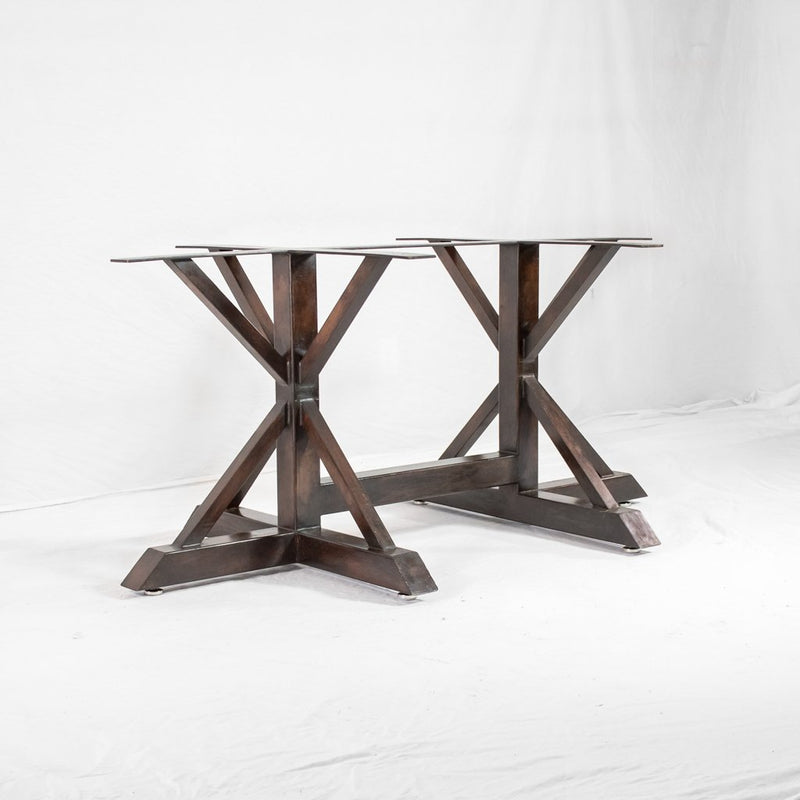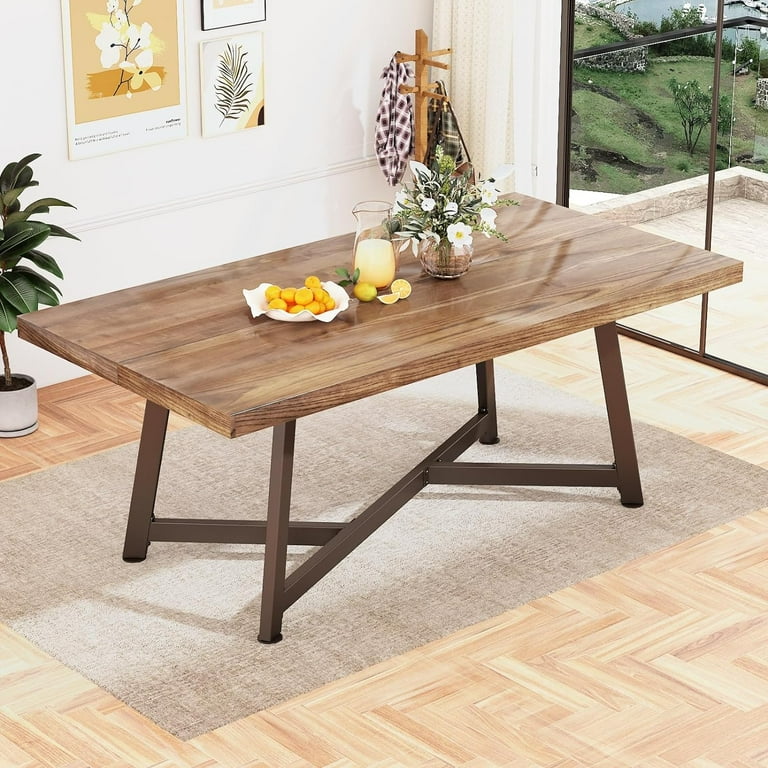Creative Ideas for Replacing or Refurbishing Your Dining Room Table Legs
Creative Ideas for Replacing or Refurbishing Your Dining Room Table Legs
Blog Article
From Conventional to Modern: Locate the Perfect Eating Area Table Legs for Your Style
The selection of dining-room table legs plays an essential role in defining the total character of your space, linking the space between traditional workmanship and modern-day looks. While traditional layouts such as cabriole and turned legs stimulate a feeling of classic refinement, contemporary styles like barrette and geometric alternatives offer a possibility for striking aesthetic interest. Examining the right equilibrium between these designs requires a nuanced understanding of your existing décor and personal taste. As you consider these aspects, the inquiry stays: just how can you effortlessly incorporate these diverse leg designs to create a harmonious eating experience?
Understanding Table Leg Styles
The range of dining-room table leg styles can considerably influence both the aesthetics and capability of the space. Each leg design adds special aesthetic elements and practical features, accommodating varied layout choices and usage demands. Recognizing these designs is important for picking the right dining table that straightens with your total indoor design vision.
For example, conical legs provide a clean, timeless look that can enhance an area's sophistication, while stand bases supply security and optimize legroom, making them perfect for smaller areas. Hairpin legs, a hallmark of mid-century modern-day layout, present an industrial flair, enabling a ventilated, open feel. Trestle legs stimulate rustic charm, offering robust assistance and a sense of eternity.
Wood legs can bring warmth and structure, whereas steel alternatives frequently communicate a streamlined, contemporary ambiance. Eventually, comprehending table leg styles is essential for producing a cohesive eating area that reflects personal design while making sure functionality and comfort.
Conventional Table Leg Options
When choosing dining-room table legs, standard options frequently symbolize ageless beauty and workmanship. These layouts mirror an abundant heritage and a dedication to quality, making them excellent for those who appreciate timeless appearances.
Among the most legendary typical leg designs is the cabriole leg, characterized by its elegant curved shape. This style commonly includes attractive makings and is most commonly found in Queen Anne and Chippendale furniture. One more prominent choice is the turned leg, which boasts a collection of smooth, rounded shapes that give a traditional appearance while preserving security.
Additionally, the straight leg, while easy, offers a unadorned and durable structure that can mix flawlessly with a selection of tabletop styles. For those attracted to ornate detailing, claw-and-ball feet legs evoke a sense of grandeur and can serve as a stunning centerpiece in any dining room.
Last but not least, stand bases, although not strictly legs, supply a different standard choice that permits enough legroom and can be perfectly sculpted. Each of these conventional leg styles adds to the overall ambiance of a dining-room, weding feature with visual allure.

Modern Table Leg Designs
Modern table leg styles use a diverse array of designs that highlight innovative materials and clean lines. These layouts commonly focus on performance while serving as striking prime focus within an eating space. Minimal aesthetic appeals are prevalent, with legs crafted from materials such as metal, glass, and engineered timber, which add to a modern and ventilated feeling.
One popular layout is the barrette leg, characterized by its slender, tapered structure that gives stability without overwhelming the table top (dining room table legs). This design is often found in mid-century modern furniture and can easily enhance different eating table shapes. Another pattern is the usage of right here geometric shapes, where legs might take on unbalanced or angular forms, including visual interest and a touch of artistry

Blending Styles for Unique Rooms
Often, property owners look for to create unique eating spaces that reflect their individual design by blending various design components. This technique permits the consolidation of diverse appearances, resulting in an unified yet distinctive environment. Pairing a rustic wood table with sleek, contemporary steel legs can develop an attractive comparison that raises the space's general allure.
Additionally, integrating vintage table legs with contemporary table tops can stimulate a feeling of history while preserving a modern-day perceptiveness. Such mixes not only display specific taste however Home Page also motivate creative thinking, enabling house owners to curate an area that feels both individual and welcoming.
Shade plays an important duty in this blending process; picking table legs that match or contrast with the existing color pattern can enhance aesthetic passion. Whitewashed legs can soften the boldness of a dark table surface, developing a balanced aesthetic.
Tips for Selecting the Right Legs
Picking the right table legs is necessary for achieving both performance and aesthetic allure in your dining area. Begin by considering the overall design of your room. Typical settings benefit from legs that include detailed carvings or turned designs, while contemporary areas might call for smooth, minimal styles.
Next, examine the elevation and security of the legs. dining room table legs. Basic dining tables range between 28 to 30 inches in elevation, so guarantee the legs complement this dimension for convenience. Furthermore, durable materials, such as hardwood or metal, can improve security and durability
Review the leg form too-- options include right, tapered, or stand styles. Straight legs use a classic look, while conical legs can include a touch of elegance. Pedestal bases provide sufficient legroom and are excellent for smaller areas.
Final Thought
In recap, choosing the ideal dining room table legs calls for mindful consideration of both conventional and modern designs. Conventional choices such as cabriole and turned legs supply timeless style, while contemporary designs like hairpin and geometric shapes give a contemporary touch. By balancing leg style, height, and product with the overall decoration, a natural and inviting atmosphere can be attained. Inevitably, the selected table legs should reflect the desired visual, enhancing the eating experience within the space.
The variety of dining room table leg styles can considerably affect both the appearances and performance of the space. Inevitably, understanding table leg designs is essential for creating a natural dining location that mirrors personal design while guaranteeing usefulness and comfort.One of the most legendary conventional leg designs is the cabriole leg, defined by its elegant curved shape. Straight legs use a traditional look, while conical legs can include a knockout post a touch of elegance.In summary, picking the excellent eating area table legs requires cautious factor to consider of both traditional and modern designs.
Report this page